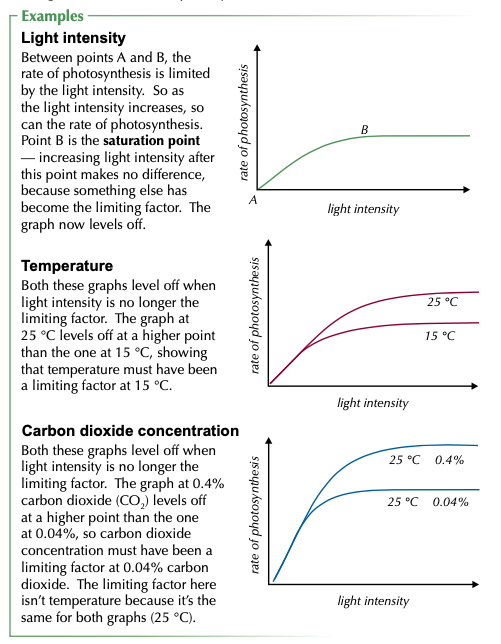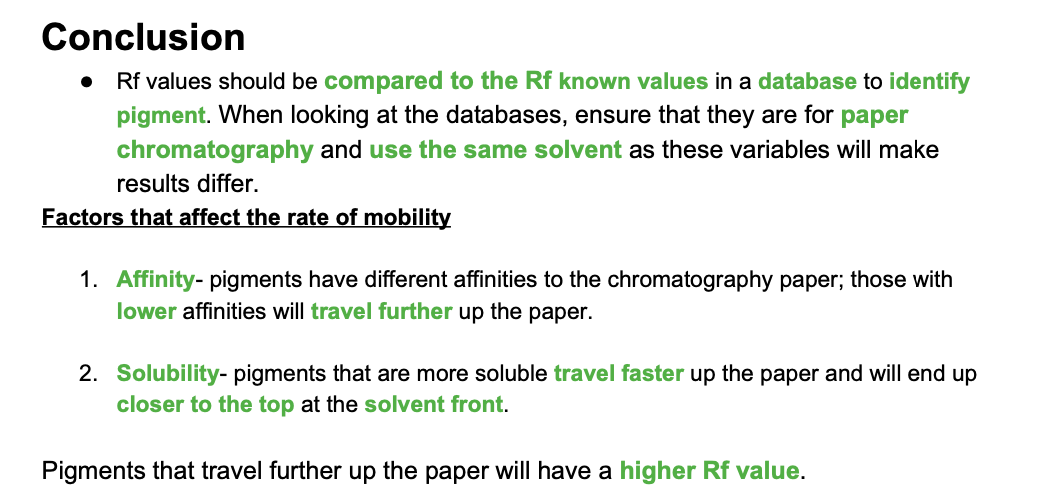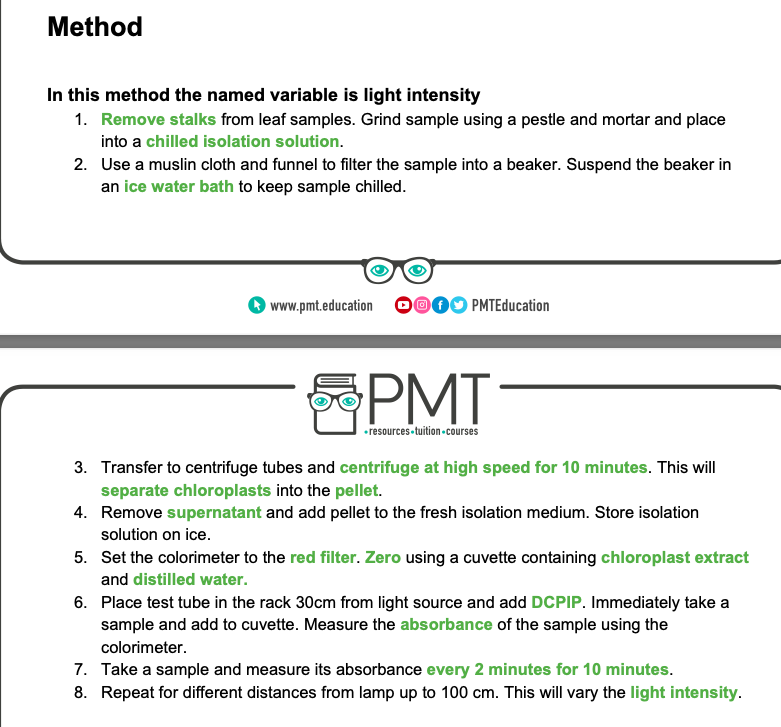3.5.1 Photosynthesis (A-level only)
1.0(1)
1.0(1)
Card Sorting
1/7
Earn XP
Description and Tags
Study Analytics
Name | Mastery | Learn | Test | Matching | Spaced |
|---|
No study sessions yet.
8 Terms
1
New cards
describe the light-dependent reaction
As the name suggests, this reaction needs light energy.
It takes place in the thylakoid membranes of the chloroplasts. Here, light energy is absorbed by chlorophyll (and other photosynthetic pigments) in the photosystems. The light energy excites the electrons in the chlorophyll, giving them more energy, which eventually causes them to be released from the chlorophyll molecule. This process is called photoionisation. The chlorophyll molecule is now a positively charged ion.
Some of the energy from the released electrons is used to add a
phosphate group to ADP to form ATP, and some are used to reduce NADP
to form reduced NADP. ATP transfers energy and reduced NADP transfers hydrogen to the light-independent reaction. During the process, H2O is
oxidised to O2.
2
New cards
what does the light-independent reaction do
uses reduced NADP from the light-dependent reaction to form a simple sugar. The hydrolysis of ATP from the light-dependent reaction provides the additional energy for this reaction.
3
New cards
describe the light-independent reaction
carbon dioxide reacts with ribulose bisphosphate (RuBP) to form two molecules of glycerate 3-phosphate (GP). This reaction is catalysed by the enzyme rubisco
• ATP and reduced NADP from the light-dependent reaction are used to reduce GP to triose phosphate
• some of the triose phosphate is used to regenerate RuBP in the Calvin cycle
• some of the triose phosphate is converted to useful organic substances.
• ATP and reduced NADP from the light-dependent reaction are used to reduce GP to triose phosphate
• some of the triose phosphate is used to regenerate RuBP in the Calvin cycle
• some of the triose phosphate is converted to useful organic substances.
4
New cards
what are the environmental factors that limit the rate of photosynthesis

5
New cards
explain required practical 7
method:

6
New cards
what is the conclusion to the required practical 7

7
New cards
explain required practical 8

8
New cards
what is the conclusion to the required practical 8
